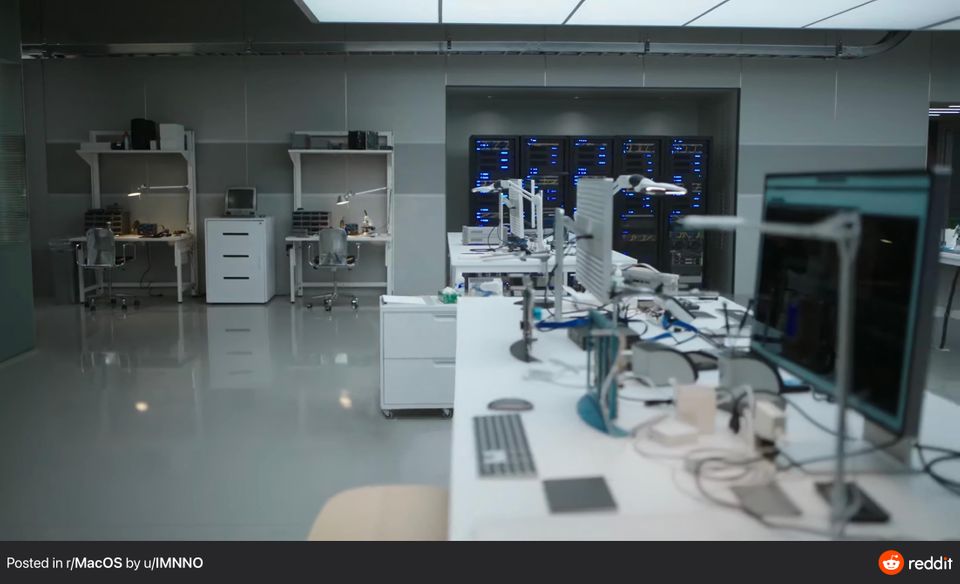Basic Networking Principles
An introduction into the world of sharing information as part of a network.

Networking, in broad terms, is about sharing. Whether that's information, such as websites or emails, resources such as file sharing or network printers or application data, it all comes down to connecting two or more computers with each other in order to start sharing and take advantage of common resources.
In order to start networking, there are some devices that we will need:
- End Devices - This refers to devices which are actively being used by end users. Back in the 90s and early 2000s this referred mostly to personal computers, bulky laptops and fun gizmos such as the Apple Newton, but today this also includes WiFi capable devices such as smartphones, game consoles, Smart TVs, Smart Air Conditioners and more.
- Servers - Servers are similar to personal computers, but offer one or more services on the network and tend to have significantly better physical or virtual hardware than a personal computer. Services may include things like HTTP, DNS, DHCP, NTP, SMB - we'll get to all that in future posts.
- Connectivity - There're many ways to connect to a network - whether that's connecting clients to a home router via UTP cable or WiFi connection, or connecting an entire site to a network via long-distance fibre optic cable, microwave, mobile data or phone line. Once connected, your device announces itself using its MAC address and the magic begins.
- Switches - Switches, in the most basic terms, function like electric extension cords that you have at home, allowing you to connect multiple devices to a single port - this effectively describes the functionality of an unmanaged switch. A managed switch can be configured on a port-by-port basis via SSH or RJ45 console cable and depending on the model and manufacturer can also offer more advanced features such as DHCP, VLANs, trunk ports, traffic management and basic routing.
- Routers - Routers assist in, as the name suggests, routing. Just as you may consult a map to find the best way to reach your holiday destination, a well-configured router figures out the best way to reach the target server. When accessing my self-hosted blog your router used routing protocols in order to determine how to locate my home lab, which is situated in Romania. We'll look more at basic routing principles such as layer 2 and layer 3 routing, as well as routing protocols such as EIGRP, OSPF, BGP and RIP in another blog post.
- Firewalls - The main purpose of firewalls is to inspect network traffic and drop any web traffic that violate certain criteria or rules, based on things such as the interface the traffic originates from, the way the packets are formatted, or simple Access Control Lists (ACL). Firewalls are tend to provide VPN services, which allows people to securely tunnel traffic from the open internet to your local area network (LAN).
Hope you found this brief introduction useful! In my next post we are going to go a little bit deeper and setup a virtual, basic network using Cisco Modelling Labs (CML), which you can access for free via Cisco DevNet. I will be using Cisco CML for all network-related posts in the future.
Have a great weekend!
Header Image Credit:r/macbookpro - Wanted a Zoom wallpaper, so I removed SVP, Hardware Technologies Johny Srouji. Took some time to edit him out.
686 votes and 32 comments so far on Reddit

